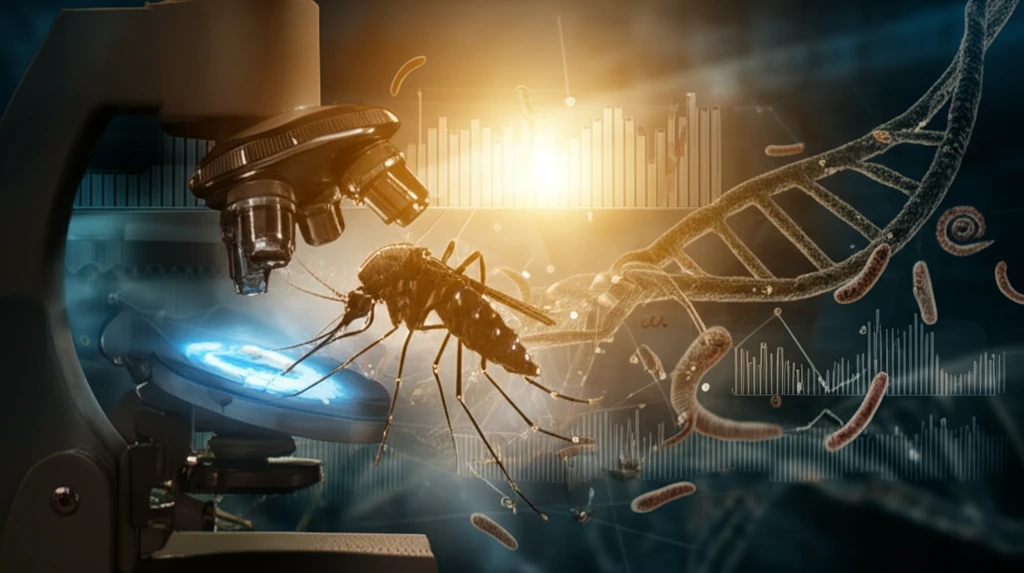
Fighting Filarial Infections: How a New Antibody Test Could Change the Game
"Discover how a new, more sensitive antibody test offers hope for early detection and better surveillance in the fight against lymphatic filariasis."
Lymphatic filariasis (LF), a mosquito-borne illness caused by tissue-dwelling parasites, poses a significant global health challenge. The Global Program to Eliminate Lymphatic Filariasis (GPELF), launched in 2000, has delivered anti-filarial drugs to over 6.2 billion people. As we approach the goals of this program, new tools are needed to monitor progress, determine when to stop mass treatments, and surveil for any resurgence of the disease.
Traditional methods like microfilaria detection—observing the parasites in blood samples—have limitations, especially the need for nighttime blood collection and relatively low sensitivity. Antigen detection assays are better at identifying active infections but don't give a full picture of the infection's course. This is especially critical in children and travelers, where early and accurate detection is key to preventing long-term health consequences.
In this context, detecting specific antibodies against the third-stage larva (L3) could offer a better solution. Antibody detection may be detectable earlier, offering at least a few months' notice over the detection of circulating antigens. Knowing this, scientists have worked hard to develop a novel filarial test. This is the story of how they are changing the field.
A New Hope: The WbL1 Antibody Test

Researchers have identified a novel protein from the L3 stage of Wuchereria bancrofti, named WbL1. By screening a W. bancrofti cDNA library with pooled sera from microfilaremic and non-endemic normal individuals, they pinpointed this gene and its potential for diagnostic use. They then set out to explore this diagnostic potential.
- Sensitivity and Specificity: The test showed significant sensitivity (up to 77%) and specificity (100%) for detecting filarial antibodies.
- Reactivity: Filarial antibodies against rWbL1 were highly reactive with samples from microfilaremic and clinical filarial cases, but less so with control samples.
- Multicentric Evaluation: A multicentric evaluation confirmed the test's satisfactory performance for anti-WbL1 IgG4 detection.
- Specificity: The test showed minimal reactivity with other nematode parasites and protozoan infections.
The Future of Filarial Disease Control
This new test offers a promising tool for monitoring and controlling lymphatic filariasis, particularly in the late stages of elimination programs. With further validation and broader application, the WbL1 antibody test could significantly contribute to achieving and sustaining the elimination of this debilitating disease.
